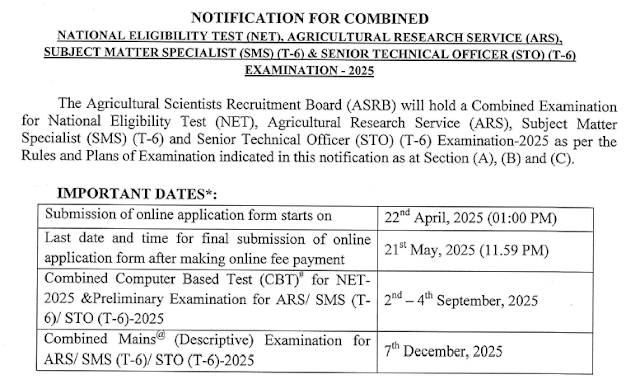Through a Single Lens: The Extraordinary World of Antonie van Leeuwenhoek
by Farin Khatoon
“Whenever I found out anything remarkable, I have thought it my duty to put down my discovery on paper, so that all ingenious people might be informed thereof.”
— Antonie van Leeuwenhoek
Long before the age of electron microscopes and high-speed centrifuges, in a quiet corner of 17th-century Delft, Netherlands, there lived a curious man who would unknowingly become the Father of Microbiology. But Antonie van Leeuwenhoek wasn't a trained scientist. He didn’t speak Latin, the language of scholars. He didn’t attend a grand university or wear the robes of academia. He was… a draper.
Yes, a cloth merchant.
But where others saw fabric threads, Leeuwenhoek saw fibers. Where others saw water, he saw life. Where others looked, he observed. And what he observed would change science forever.
A Man and His Lens
It began with a fascination for magnification. While examining the quality of threads in his textile shop, Leeuwenhoek started tinkering with lenses. Not just any lenses—he handcrafted them with such precision that they were unlike anything available at the time. His simple microscopes, often just a small lens mounted between metal plates, could magnify objects up to 300 times.
To modern eyes, they were crude. But to Leeuwenhoek’s eye, they were a portal.
Life in a Drop of Water
One ordinary day, he scooped up water from a nearby pond and placed it under his lens. What he saw would astonish him—and the world. Tiny creatures, moving with purpose and energy. Invisible to the naked eye, but teeming with life. He called them “animalcules.”
Bacteria. Protozoa. Algae.
He had just discovered the microscopic world—decades before the germ theory of disease, centuries before microbiology would become a field.
And he didn’t stop there.
Witness to the Unseen
Over the course of fifty years, Leeuwenhoek documented everything he could see through his lenses. He examined:
-
The plaque on his teeth (discovering bacteria),
-
The structure of muscle fibers,
-
Blood flow in capillaries of animals,
-
Sperm cells, making him one of the first to describe human reproduction on a microscopic level,
-
Even the structure of plants and tiny insects.
He sent over 300 letters filled with meticulous observations and drawings to the Royal Society of London. At first, they were skeptical. How could a man with no formal training uncover an entire new realm of life?
But his findings were too precise, too consistent, and too wondrous to ignore.
A Humble Legacy
Despite his groundbreaking discoveries, Leeuwenhoek remained modest. He never published a scientific paper in the formal sense. He didn’t seek fame. He kept working, lens after lens, peering into the unseen until his final years.
By the time he passed away in 1723 at the age of 90, he had not only uncovered the microbial world but had proven a powerful truth: You don’t need formal titles to make extraordinary contributions. Curiosity and dedication are enough to change the world.
Why It Still Matters
In every biology lab today, when students peer into a microscope for the first time, they are, in a way, walking in Leeuwenhoek’s footsteps. He opened the gateway to a hidden universe—one that affects everything from our health to our ecosystems.
From antibiotics to vaccines, from genetic engineering to disease diagnosis—none of it would be possible without the first man who looked into a drop of water and saw life teeming inside.
Final Thought
Antonie van Leeuwenhoek’s story is not just about science. It's about imagination, wonder, and the courage to look closer. His simple curiosity turned a hobby into a history-altering journey.
So, the next time you sip water or walk barefoot in the grass, remember: there’s an entire world beneath your eyes—and one man showed us how to see it.
References
-
Gest, H. (2004). The discovery of microorganisms by Robert Hooke and Antoni van Leeuwenhoek, Fellows of the Royal Society. Notes and Records of the Royal Society of London, 58(2), 187–201. https://doi.org/10.1098/rsnr.2004.0055
-
Ford, B. J. (1991). The Leeuwenhoek Legacy. London: Farrand Press.ISBN: 9780905764941
-
Dobell, C. (1932). Antony van Leeuwenhoek and His 'Little Animals': Being Some Account of the Father of Protozoology and Bacteriology and His Multifarious Discoveries in These Disciplines. Harcourt, Brace and Company.
-
Lane, N. (2015). The unseen world: Reflections on Leeuwenhoek (1677) 'Concerning little animals'. Philosophical Transactions of the Royal Society B: Biological Sciences, 370(1666). https://doi.org/10.1098/rstb.2014.0337
-
The Royal Society. (n.d.). Antonie van Leeuwenhoek FRS.https://royalsociety.org/ (Search for Leeuwenhoek in their historical archives)
-
Brock, T. D. (1961). Milestones in Microbiology. ASM Press.
-
Encyclopaedia Britannica. (2024). Antonie van Leeuwenhoek – Dutch microscopist.
- Get link
- X
- Other Apps



Comments